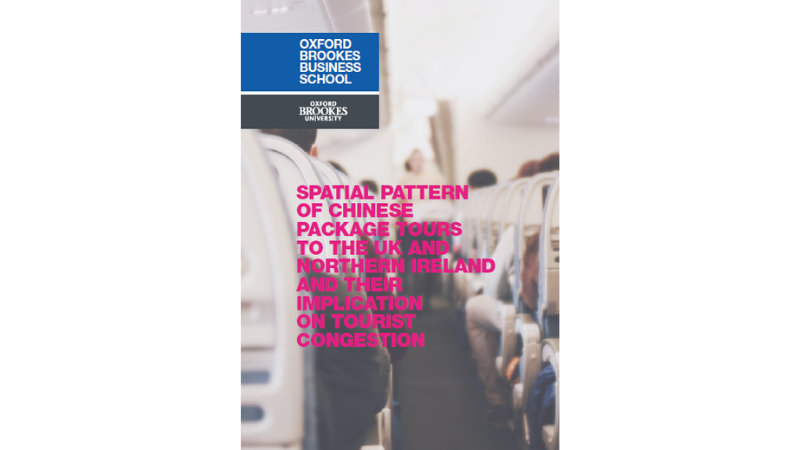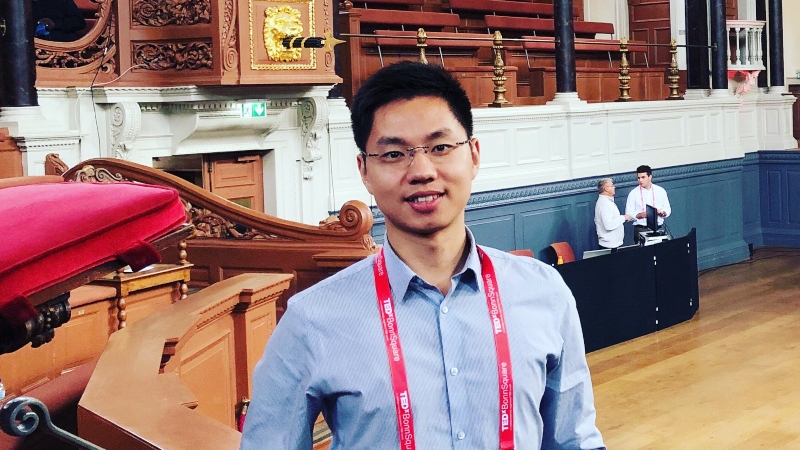“Over the last few years, we’d produced research showing that to reduce city centre congestion - meaning traffic and overcrowding at the major sights - economic interests needed to be aligned with the political agenda and tourism funding. Since the pandemic, overcrowding has become an even more pressing concern. For a city like Oxford to continue to benefit from tourism, it needs to understand how to manage issues of overcrowding - not least for public health reasons - and how to disperse tourists, develop ‘staycations’ and promote new attractions.”
Dr Kate Mingjie Ji, Oxford Brookes Business School
Managing Tourist Congestion for Sustainable Destination Recovery Post-COVID-19
Principal Investigator(s): Dr Kate Mingjie Ji
Funded by: British Academy
News
Dr Kate Ji gave a successful virtual seminar on Managing Tourist Congestion for Sustainable Destination Recovery Post-COVID-19.
About us
Tourist's desire for international travel can no longer be contained. Sky News highlighted that UK tourist bookings to ‘amber-list’ countries had increased by 400% following the lifting of UK government quarantine restrictions in July 2021. Many tourism-reliant European destinations have been quick to welcome back international visitors. The need for work critically reviewing congestion and its management remains as vital as ever.
Large package tours have been held responsible for causing tourist congestions in the major UK tourist cities. The seminar focuses on the large Chinese package tours to the UK and North Ireland. It presents the spatial features of all the packages, their similarity and differentiation, and the rationales behind the design of the itineraries.
The findings reveal how the design of the tour packages are shaped by the financial goals, operating constraints, geophysical limitations and the unique Chinese tour operator industry. As an outcome, the packages are very similar, distributing tourists to many of the same destinations resulting in increasing levels of tourist congestion.
The findings were established after substantial interviews with senior management teams in major Chinese tour operators and Chinese Destination Marketing Organisations. It provides nuanced insights into how to promote UK destinations and help to diversify the existing package tour itineraries to the UK, eventually alleviating tourist congestion.








